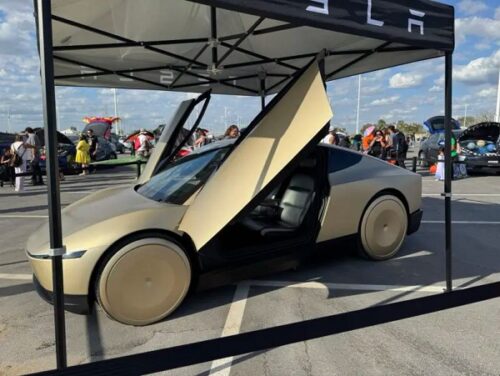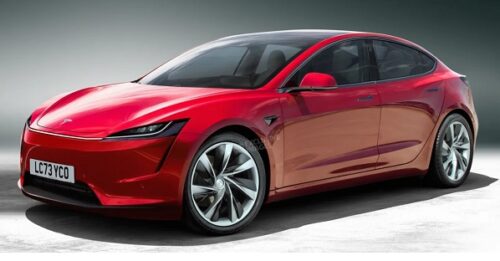A prototype of what appears to be Tesla’s forthcoming robotaxi has been noticed by a Reddit user who claims to […]
Tag: tesla
Tesla’s Next Move 2025: Model 2 Or Model Y Juniper? Wait and See
Tesla has always been clear – making cars is, for Musk’s marque, more a crusade than a commercial enterprise. Its […]
Tesla uses a neural network for the autopilot system in the vehicles
What are Neural Networks?Neural networks are a series of algorithms that aim to imitate the human brain in order to […]



